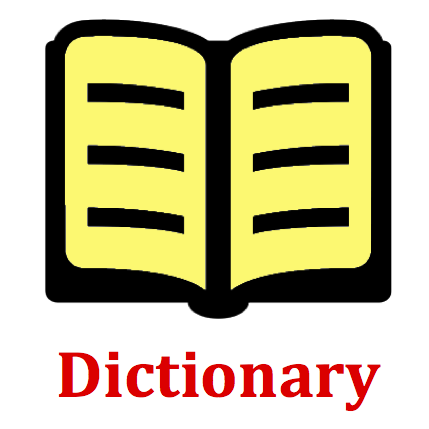Getting your Trinity Audio player ready...
Hold down the T key for 3 seconds to activate the audio accessibility mode, at which point you can click the K key to pause and resume audio. Useful for the Check Your Understanding and See Answers.
Mission SM6 Harmonics for String Instruments - Question Group 1 Help

The nodal positions on a standing wave pattern for a stringed instrument are ____.

Definition of Node and Antinode:
A standing wave pattern consists of nodes and antinodes whose location along the medium is not changing. A node is a location along the medium that does not undergo any displacement; it is a place of no displacement or a node. An antinode is a location along the medium that undergoes a maximum upward and downward displacement from the rest position.
A standing wave pattern consists of nodes and antinodes whose location along the medium is not changing. A node is a location along the medium that does not undergo any displacement; it is a place of no displacement or a node. An antinode is a location along the medium that undergoes a maximum upward and downward displacement from the rest position.

Analysis of a Standing Wave Pattern:
A standing wave pattern shows a unique relationship between the wavelength of the waves that create the pattern and a length measured along the medium between two points on the pattern. Every nodal position on the pattern is separated from the next adjacent nodal position by one-half of a wavelength. Similarly, every antinodal position on the pattern is separated from the next adjacent antinodal position by one-half of a wavelength.
A standing wave pattern shows a unique relationship between the wavelength of the waves that create the pattern and a length measured along the medium between two points on the pattern. Every nodal position on the pattern is separated from the next adjacent nodal position by one-half of a wavelength. Similarly, every antinodal position on the pattern is separated from the next adjacent antinodal position by one-half of a wavelength.
